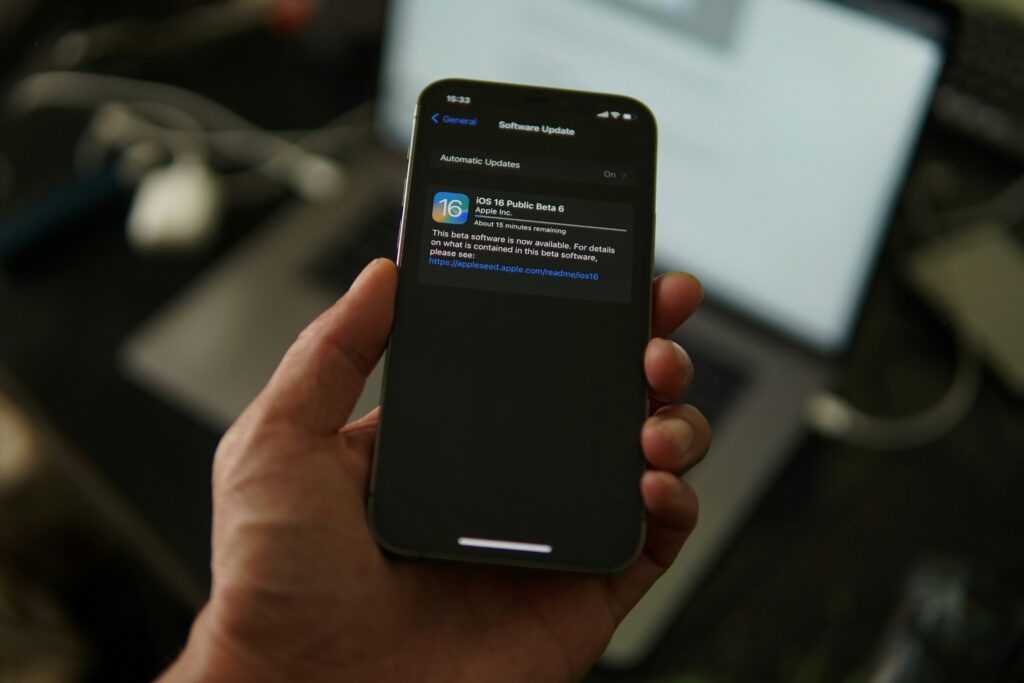Have you noticed how often we talk about cybersecurity? That we seem to be more “crunchy” these days? As we’ve already mentioned, cybersecurity is evolving day by day, and attacks are getting smarter all the time.
Once upon a time...
Take, for example, the story of a respected business firm (whose name we won’t mention). Specializing in accounting and legal services, the company was thriving in the professional community. One day, however, an invisible threat descended upon the firm, triggered by a simple click on a phishing e-mail.
At first, all seemed quiet in the company’s offices. Computers were running smoothly, files were tidy and employees were working with care. But little by little, ominous signs began to surface. Important data mysteriously disappeared, confidential documents appeared to have been damaged, and the resulting anxiety began to permeate the offices.
As the days went by, the professionals at this firm began to notice certain disturbances in their computer systems. Transactions were being manipulated, contracts were being altered in very subtle ways, and figures on reports seemed to be magically erased. With the integrity of financial information compromised, doubt was cast on the reliability of the company’s services.
Nevertheless, the consequences extended far beyond the virtual. Financial errors caused by data manipulation led to disputes with disgruntled customers. Contracts that had been fraudulently altered were the cause of costly legal disputes, increasingly jeopardizing the firm’s reputation and finances.
All the while, the firm’s managing director was trying to find the source of this digital threat. Despite the best efforts of IT security experts, the threat remained inaccessible.

And now the horror has reached its climax, when confidential information was leaked online. The growing reputation of this firm was affected, in a negative way, we can guess, causing an immense loss of confidence on the part of customers and even partners. The affair fell into the hands of the media and it wasn’t long before damaging rumors spread, compromising the public’s trust in the firm. As a result, employees found themselves dealing with leaks of sensitive information, potentially damaging customer confidentiality and exposing the firm to legal action.
On top of all the consequences, the firm’s professionals realized that the whole thing had started with a simple click. An employee, blinded by the shame and embarrassment of having been tricked by a phishing e-mail, had not dared to notify the IT department of his mistake. This harmless gesture opened the door to a digital nightmare.
Backups were simply non-existent, and lost data was irrecoverable. The firm found itself without a safety net, faced with the prospect of having to rebuild all those years of hard work.
The horror didn’t end there; all systems were paralyzed. E-mails, indispensable tools, were down. The firm’s website, once accessible to all, had become an error page. The heart of the business, ERP, was also out of control, leaving the firm without a tool to manage their work.

With all systems down, all billing activity came to a halt. The firm’s employees found themselves in a financial bind, unable to generate any revenue. As if that wasn’t enough, the threat used the compromised access to plan a mass mailing of fake emails. These misleading messages, masquerading as communications from the firm, misled more than one customer and supplier. Transactions were carried out fraudulently, trapping some victims in a digital ruse.
The firm’s remaining professionals (yes, some had left in the face of this situation), aware that the integrity of their firm was at stake, pooled their skills to try and thwart this growing threat. So they plunged into the immense labyrinth that is digital, confronting the obstacles and using their professional skills to restore order and, above all, trust.
This story is invented, but it’s the reality for many companies. It’s not something to be taken lightly. Just one click can open the door to a threat. This is a reminder that a small mistake can trigger devastating consequences. It underscores the urgent need to educate employees about cybersecurity, because to err is human. Above all, never be embarrassed that you’ve been caught out; contact your IT team immediately. They’ll be far more grateful to have been informed than to have to work body and soul to try and recover anything that might have been compromised. Don’t be afraid to point out mistakes, because cybersecurity is everyone’s business.
In addition to reporting anything you suspect, you can implement these measures, which considerably strengthen the security of your IT environment.
- Email filtering: you can set up advanced filters for incoming and outgoing emails; this helps block malicious or unauthorized messages. It also helps prevent phishing attacks, malware and other possible dangers.
- Change your passwords regularly: frequent password rotation strengthens account security by reducing the risk of unauthorized access. Encourage users to choose strong passwords and change them regularly.
- Double authentication (2FA): enabling double authentication adds an extra layer of security. This significantly reduces the risk of unauthorized access, even if login credentials are compromised.
By integrating these practices into your cybersecurity strategy, you create a resilient environment in the face of potential risks.
In addition to these practices, regular employee training and ongoing vigilance are essential aspects of maintaining a high level of protection. Remember, cybersecurity is a shared responsibility, and every layer of security you add helps to strengthen your security.


